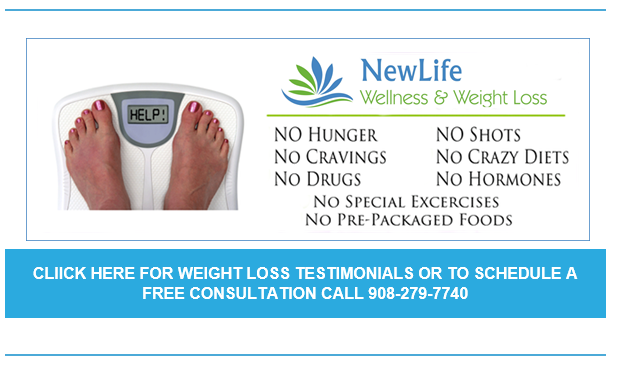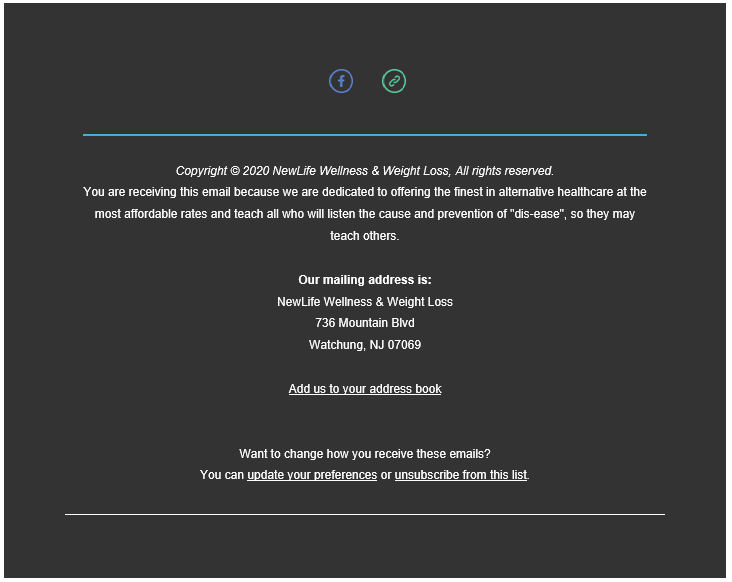
What’s Healthier: Canned or Frozen Food?

While nothing beats fresh fruits and veggies, frozen and canned foods can be a great budget-friendly way to add variety to your diet. Healthy options exist in both frozen and canned forms and one is not necessarily healthier than the other. Still, there are pros and cons to each and important factors to keep in mind when searching for the best option.
FROZEN FOOD PROS

Foods are typically frozen immediately following harvest (for fruits and vegetables) or being caught (for seafood and fish). Calories and macronutrients don’t change, and fruits and veggies typically lock in a higher nutrient content compared to harvested produce that has spent a long time being shipped or sitting on shelves. That’s because key vitamins and minerals start breaking down during the wait from harvest to plate.
Another perk is the ability to buy blended options, like stir-fry mixes, blends of broccoli and cauliflower, mixed berry medleys and entire bags of smoothie blends that contain both fruits and vegetables. These are far more convenient and less costly than buying all of the separate ingredients yourself, then peeling, cutting, chopping and storing.
FROZEN FOOD CONS

Some frozen foods are more processed and contain added sugar, salt or preservatives. For example, frozen chicken is often pumped with a sodium solution, potatoes are typically frozen as fries and some fruits are frozen in syrup. It’s important to read the nutrition labels and look for whole foods with few ingredients listed.
RD-APPROVED FROZEN FOODS
Avocado
Frozen avocado eliminates the risk of picking a slightly unripe one at the store and it’s rich in omega-3 healthy fats. It’s great for adding to green smoothies and thaws easily to make avocado toast or guacamole.
Banana
This potassium-rich fruit makes a great addition to smoothies and can be blended to make vegan ice cream.
Berries
Frozen at peak freshness, berries are rich in fiber and antioxidants, which they retain when frozen. Berries also hold up well after thawing and make a great addition to oatmeal, yogurt, smoothies, quick breads and energy bars.
Cruciferous Vegetables
Broccoli, cauliflower and Brussels sprouts are great frozen options, and taste just as great when roasted or sautéed from frozen as they do fresh.
Fish and Seafood
Frozen fish offers the same nutrients and macros as fresh. Try fatty fish like salmon, which is rich in omega-3’s (to support brain and heart health). If you’re looking for a leaner protein option, try tilapia.
Medleys
There are dozens of varieties of frozen vegetable and fruit medleys available – saving you money and time prepping. You can portion out a cup or two at a time and keep the rest frozen. Look for ones that don’t have added sodium or sugar.
Peas
Fresh peas have a very limited season and canned varieties are typically soft and mushy. Frozen peas, however, are delicious in everything from casseroles, to soups and grain bowls. In the same category, frozen edamame and black eyed peas are great protein-rich options, too.
CANNED FOOD PROS

Canned foods are extremely affordable, have a long shelf life and can be easier to store more of than frozen foods (which can only take up so much space in your freezer). Some phytochemicals (plant compounds) are actually enhanced by the canning process, meaning you get more of them compared to fresh veggies. Examples include beta-carotene (found in carrots) for eye health and the antioxidant lycopene (found in tomatoes) which fights against inflammation.
They’re also very convenient — opening a can of black beans is far more efficient than rinsing and soaking dried beans overnight, then boiling, simmering for several hours, and seasoning before being able to enjoy.
Similarly, canned tuna is far more affordable than fresh or frozen and can be ready to eat in a matter of minutes.
CANNED FOOD CONS

The trade off with canned foods is its texture and flavor can be inferior to its fresh or dried counterparts. Many canned foods also have salt, sugar and unnecessary preservatives added during processing. In particular, canned fruit often says “packed in its own juice,” which is actually a hidden sugar bomb, so you’re better off choosing fresh or frozen fruit.
Again, it’s important to read the labels and choose options labeled no-salt added or low in sodium. Some cans may also contain BPA, a chemical found in the lining of some metal food and drink containers that has been linked to several health problems.
RD-APPROVED CANNED FOODS
Beans
Canned beans are rich in fiber and protein, and far more convenient than dried (which can take hours and typically involve an overnight soak). Look for varieties low in sodium or packed with no-added salt and then season to taste when cooking. Even rinsing and draining beans before using can remove up to 40% of the sodium. Lentils, chickpeas, black and pinto beans are all great options.
Beets
Canned beets are ready upon opening to toss over salads, into whole grains for a side dish or tossed into breakfast skillet hashes. They have anti-inflammatory benefits and provide up to 12% of your daily folate requirements.
Fish
Canned tuna, salmon, sardines and mackerel are underrated for weight loss. Not only are they budget-friendly, but they’re a great source of high-quality protein and omega-3 fatty acids. Rinse and drain to cut back on sodium or look for ones packed in water. Wild-caught is a more sustainable option than farmed (more on that here) but any variety is a great protein-rich option to keep on hand in the pantry.
Soup
Canned soup is a convenient way to include more fiber-rich veggies in your diet. Just make sure to look for low-sodium varieties and pay attention to serving size. Being soup as an appetizer can help you feel full longer and consume less calories overall.
Tomatoes
Tomatoes’ high moisture content makes them difficult to freeze, making canned the better option. You’ll find canned tomatoes cut in all shapes and sizes, depending on your needs. Again — check sodium and opt for lower sodium varieties. Use them in soups and stews, as a pizza sauce or a base for shakshuka.
THE BOTTOM LINE

When it comes to frozen and canned foods, one is not necessarily healthier than the other. There are great options in both categories and it depends on your cooking needs. Whether you opt for frozen or canned, make sure to read the nutrition labels and choose ones with the fewest ingredients possible, keeping an eye out for added sodium, sugar and preservatives.













































